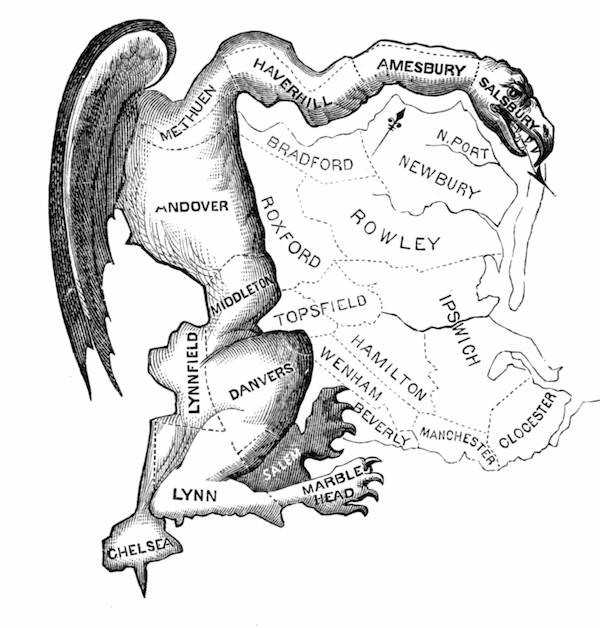I wanted to add SSL to my limn server and found this tutorial at Digital Ocean: https://www.digitalocean.com/community/tutorials/how-to-secure-apache-with-let-s-encrypt-on-ubuntu-14-04
Let’s Encrypt is a great initiative to keep the web secure.
Data Visualization
I wanted to add SSL to my limn server and found this tutorial at Digital Ocean: https://www.digitalocean.com/community/tutorials/how-to-secure-apache-with-let-s-encrypt-on-ubuntu-14-04
Let’s Encrypt is a great initiative to keep the web secure.
There have been a couple of articles recently that have spoken about South Africa having a bad Misery Index rating. Its quite a harsh term, but ennui index or “not cool man” index isn’t going to grab headlines. Like a lot of statistics reported in popular media, it tends to be reported as a snap snot number at a particular time rather than the trend. So here is a historic plot that shows how miserable we have been since 1994. Continue reading “Misery Index”
 Since this is an article about gerrymandering, I thought I’d go with a clever, catchy title like Jerry Mander. Ha! But.. it turns out he is a real guy (pictured on the right) with real crazy hair and has written a book about the dangers of television. He also wrote a book about the flaws of capitalism. I get a sense he is just against things (including combs). This article is actually about the other kind of gerrymandering:
Since this is an article about gerrymandering, I thought I’d go with a clever, catchy title like Jerry Mander. Ha! But.. it turns out he is a real guy (pictured on the right) with real crazy hair and has written a book about the dangers of television. He also wrote a book about the flaws of capitalism. I get a sense he is just against things (including combs). This article is actually about the other kind of gerrymandering:
n. The practice of redrawing electoral districts to gain an electoral advantage for a political party.
You can read all about gerrymandering online. Its not a new practice. The picture below was published when the term was first coined in 1812.

What I’m wanting to show here is how this relates to a South African context. With the next municipal elections coming up soon, its interesting to see how our electoral system implements the notion of voters vs. voting district. Continue reading “Jerry Mander”
Sometimes I just have to marvel at the amazing things people can do with D3 and JavaScript. Cameron Beccario built “a visualization of global weather conditions forecast by supercomputers updated every three hours”. Continue reading “Earth, Wind and JavaScript”
I love the idea of real world, physical implementations of data visualisation. We spend so much time behind the screen that it is really easy to just ignore something new and move on. But when its IRL, you can look at it from different angles, you can touch it and just experience the data differently. This post on hyperallergic is of a glass sculpture by Norwood Viviano that shows the big cities of the world changing overtime. Continue reading “Cities of Glass”